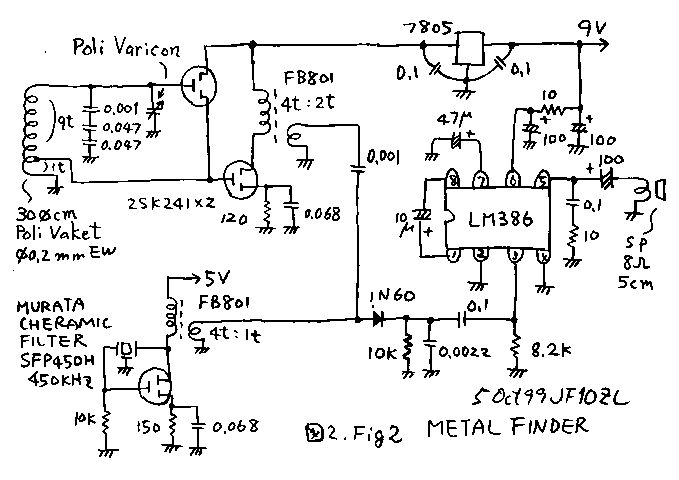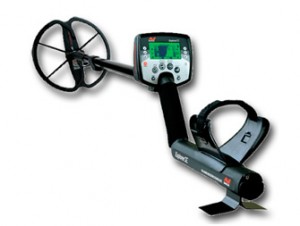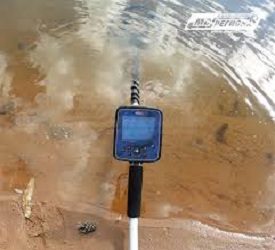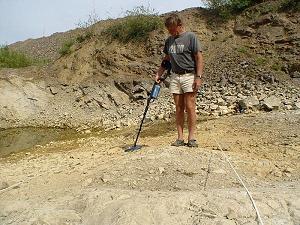Techniques for metal detecting on the beach In the category Metal Detectors more articles and learn more information about Techniques for metal detecting on the beach Reviews Price Specifications Features Image manuals videos Accessories All this in metal detectors for gold.
Techniques for metal detecting on the beach
Metal detectors are more practical.It offer hyper advanced functions of detection on beach and are more and more design. However, the user of the machine must demonstrate a certain flair and insight. Detection on the beach is very useful to society. Several people were through they found indispensable objects (key, value) through the often volunteer work of enthusiasts of detecting sea.
(A) some tips first With metal detecting on the beach
You should always declare to the competent authorities anything you can find. Be aware that you cannot perform your search on all the beaches, because in some of them, the sea detection is prohibited. To avoid some problems, and given that detection may take a whole day or even more, remember to protect your head.
(B) know how to search for objects and metal detecting on the beach
The places where the sea detection is the easiest are those where the sand is never wet. Areas where the water comes in the worst case to the ankle of people who bathe or level shoulders are also favourable for detection. This is due to the fact that not only obviously water is not too deep at this level so even the least sophisticated detectors are effective and able to detect smaller objects on the beach but still, in these areas, bathers tend to lose easily and frequently objects. As you know people who go to the beach just to swim and have fun (so not very far from the shore) are o how much more numerous than those who wear suits to scuba diving.
Use a waterproof sensor for these areas. Although not rigid as in mathematics, the principles of detecting sea researchers noticed that there is almost more objects from 1.50 m.
The current always leaves traces on the ground. Try to note down these brands to select the search box because hollows that current leaves are the places or your sea detection will be most successful.
You must also try to estimate the locations where the objects to metal detecting on the beach will be the easier to find on the basis of a number of factors.
Try for example to take account of the wind blowing and the tide. For example, ask yourself whether or not the wind and the tide have the same direction.
In summary, it must determine detection on beach areas on the basis of all the data that may affect the movement of objects to search.
You will not for example try to detect on the range of the objects in the same way there is of rocky cliffs to the beach level or you.
If by chance a storm comes to occur so be aware you can find several objects in your using metal detecting on the beach.The reason is simple: the storm carries all sand certain areas of the beach leaving only the merits (which consists of a few small stones).Embedded objects are therefore readily accessible.
The problem is that the storm does not come every day, and these holes in the sea fill sand very quickly.Therefore your using metal detecting on the beach must be fast.
vidoe for metal detecting on the beach
httpv://www.youtube.com/watch?v=9xxruKbGeOU
As a general rule, you must focus your search in Pebble-rich areas of the sea, lost items are very often many.The areas where people have used the loons do abound often easily traceable objects in your seaside detection also.
The type of range influences much research you do, and for example on those who are full of stones, polished and worn by the water you won’t be able to find a lot of objects, unless a storm has just occurred.
(C) Materiel to use and adjustment With metal detecting on the beach
As all accustomed detection Beach knows, your prospecting success depends in large part on discrimination and the sensitivity of the sensor adjustment. Discrimination must be fairly low so never forget to adapt its intensity to the State of the ground where you work.
If your detection is done on wet sand, you can use a low intensity (5 maximum). Otherwise you must use an intensity of 6 at least.
Discrimination must not be too strong.It should allow you to be able to easily detect very small objects. Choose a discrimination which is between 0 and 4 for proper sensing seaside.
Techniques for metal detecting on the beach
- The multiplier for the depth of the metal
- Metal Detector cell phone into a metal detector-Android
- تكنولوجيا الترددات المنخفضة جداً
- XP Adventism 2 Metal Detector
- Again improving air travel safety
- The most mysterious Bermuda triangle place on Earth
- go find 60 metal detector
- metal detecting videos XP ADX 150 Metal Detector
- GMAXX II metal detector
- Chip went easily broken into separate grams as a substitute for money in emergency














